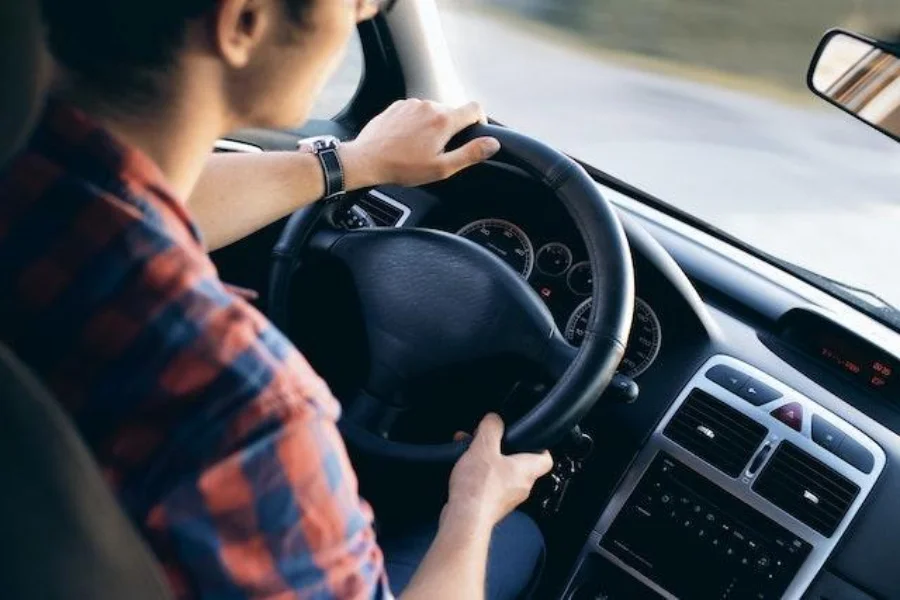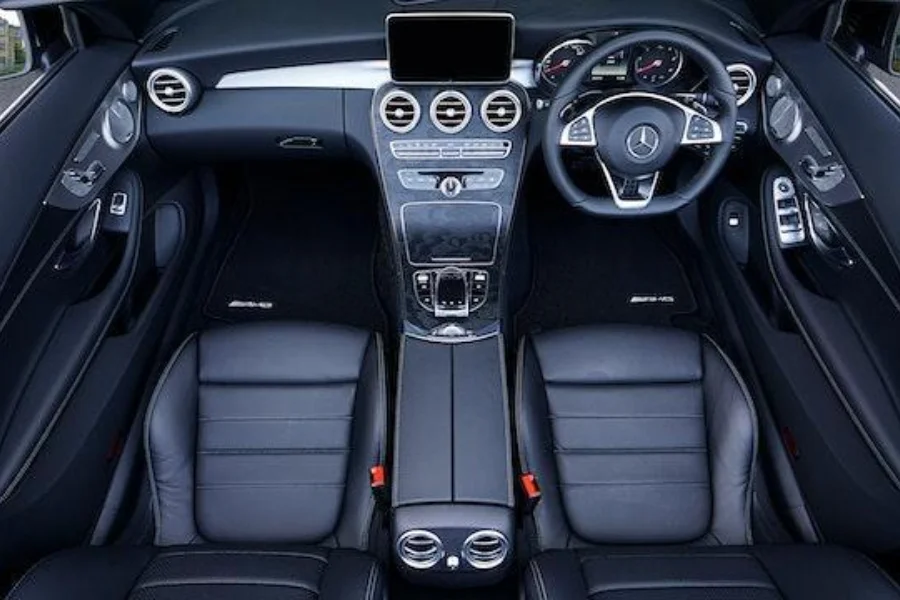Driving is fun. However, being on the road does come with risks. No matter how skilled a driver is, there will always be unpredictable times when things can go wrong. That is why people need to equip themselves with Advanced Driver Assistance System (ADAS) products that could help them prevent severe accidents and even save lives.
Table of Contents
ADAS performance in the market
Role of ADAS in safe driving
Essential features and their importance
How to choose the right parts to meet customers’ needs
Type of sensors
Conclusion
ADAS performance in the market
ADAS performance in the market has been on the rise, with more and more consumers using this technology to help them make their driving safer. The global ADAS market is estimated to reach US $74.57 billion by 2030 at a compound annual growth rate (CAGR) of 14.2%.
Role of ADAS in safe driving

ADAS systems are intended to help drivers better monitor their surroundings and be more aware of road conditions. These systems use a combination of sensors, cameras, and radar to detect objects in the vehicle’s surroundings.
Some systems also include lane departure warning systems, and they alert drivers when they are drifting from their lane.
Essential features and their importance
Automatic emergency braking
Automatic emergency braking is a feature that applies brakes automatically in the event of an imminent collision. This helps prevent or reduce the severity of accidents.
Automatic emergency braking systems use radar and cameras to detect obstacles in front of a car. The system then applies the brakes before an impact occurs.
Driver drowsiness detection

A driver’s drowsiness detection system is a safety feature that alerts drivers when they are becoming too tired to drive. This system often monitors key components of the car, such as steering wheel movement and eye movement. In case it senses the driver’s drowsiness, it will alert them with an alarm or vibration.
This feature is very important as it can help drivers avoid potentially dangerous situations such as falling asleep at the wheel.
Pedestrian sensor
Pedestrian detection is an essential ADAS feature because it helps prevent pedestrian accidents. The system uses cameras and sensors to detect pedestrians, cyclists, and animals in front of the vehicle, allowing for increased situational awareness for the driver.
Surround view
Surround view system uses exterior cameras to create a virtual bird’s eye view of the car’s surroundings. The driver can see these images on display inside the car, allowing them to park safely without having to physically turn their head around to look for obstacles.
How to choose the right parts to meet customers’ needs
When it comes to choosing the right ADAS parts for your car, there are a few things to keep in mind:
Automotive safety compliance
ADAS systems must meet the same standards of performance, reliability, and durability as the rest of the vehicle. The goal is to achieve compliance with regulations based on the ISO 26262 standard for functional safety.
This means that ADAS systems must be thoroughly tested to ensure they can operate safely in all conditions. ADAS systems also need to meet other regulatory requirements, such as those for crash avoidance and pedestrian protection.
Braking system

ADAS braking systems are designed to enhance a car’s safety by detecting obstacles and applying the brakes automatically if the driver doesn’t respond.
The system uses sensors, cameras, radar, and other technologies to determine if the vehicle is approaching an object too fast and will apply the brakes if the driver doesn’t react on time.
Hall effects technology vs giants magnetoresistive (GMR)
As vehicles become more intelligent and autonomous, they also require more sophisticated sensors:
- Hall effects technology (HET) is a method of sensing magnetic fields that use hall effect sensors, which are semiconductor devices that produce an electrical current when exposed to a magnetic field. HET sensors can be used in applications requiring a small amount of power.
- GMR sensors are a type of magnetoresistive sensor that uses giant magnetoresistance theory to measure magnetic fields. GMR sensors have higher sensitivity than HET sensors because they are able to detect smaller changes in magnetic fields and produce larger changes in resistance.
Type of sensors

There are many types of Advanced Driver Assistance Systems (ADAS) sensors. Some of them are used to detect the presence of other cars, and others are used to detect obstacles on the road:
- Radar: Radar is one of the most accurate sensors for detecting objects and vehicles at long range. It works by sending out radio waves that reflect off objects in front of the vehicle. The reflected waves are then received by a receiver inside the car, where they are translated into a visual image on a screen.
- Lidar (Light Detection and Ranging): Lidar is similar to radar, but instead of sending out radio waves, it uses lasers to measure distance with high precision. Lidar sensors are also suitable for detecting smaller objects.
- Camera: Camera sensors use visible light to detect objects in front of them using digital imaging technology similar to what’s used in digital cameras or smartphones today.
Conclusion
When it comes to the world of ADAS, there are many options available. Vehicle owners should ensure they purchase the right parts for their vehicles.
It is essential for wholesalers to stock a variety of ADAS products and guide their customers on the right parts to purchase for different vehicles. Knowing the parts compatible with a vehicle is the first step in ADAS installation.




